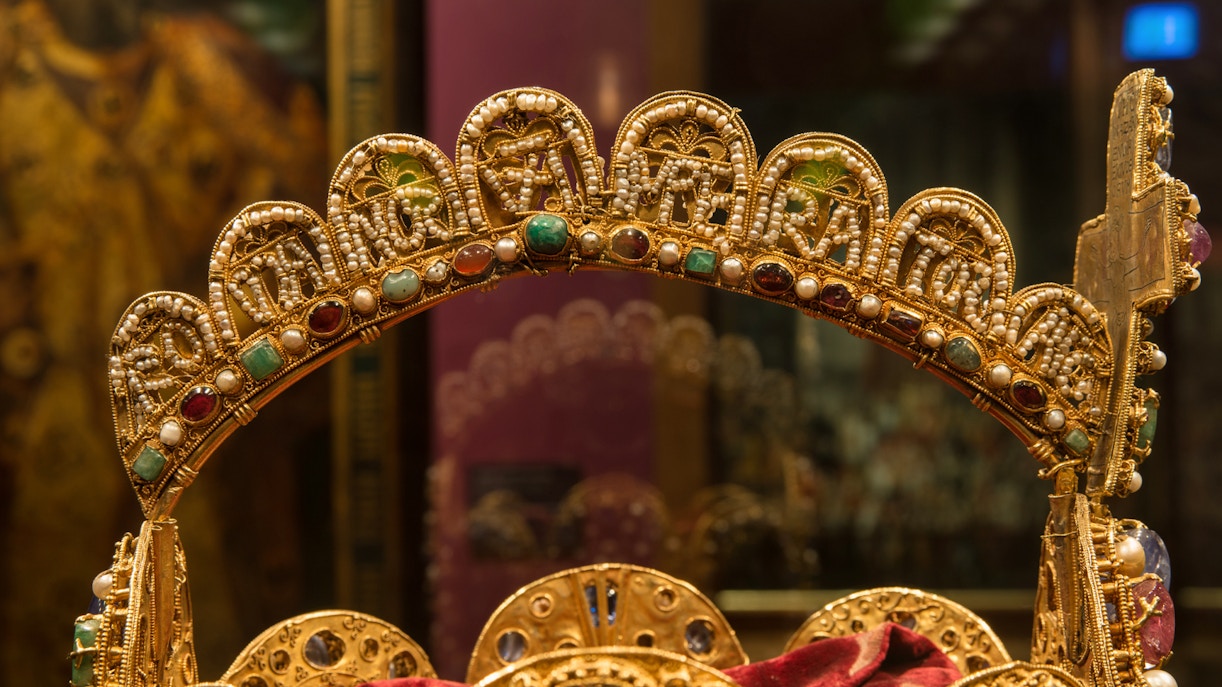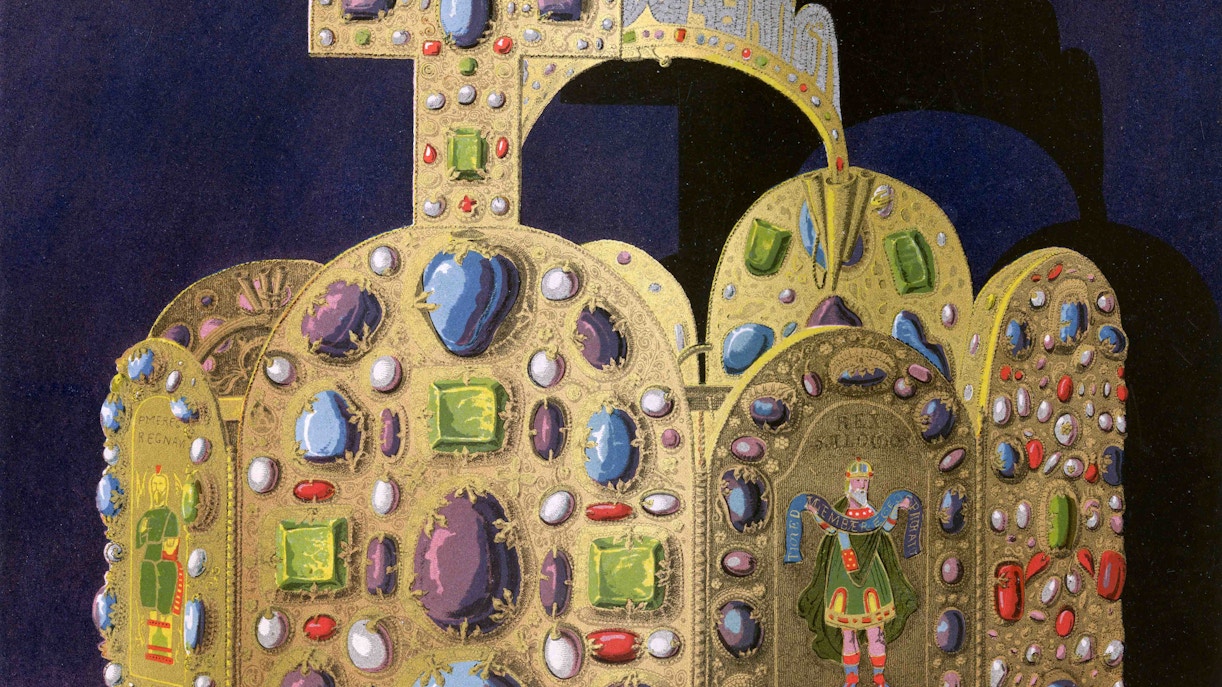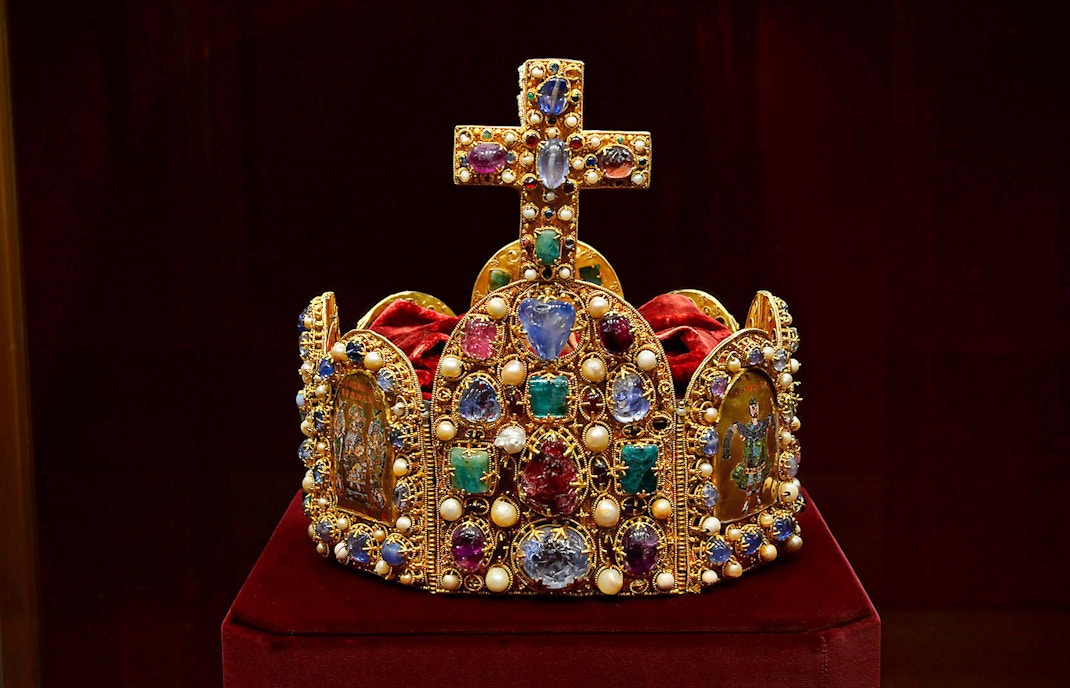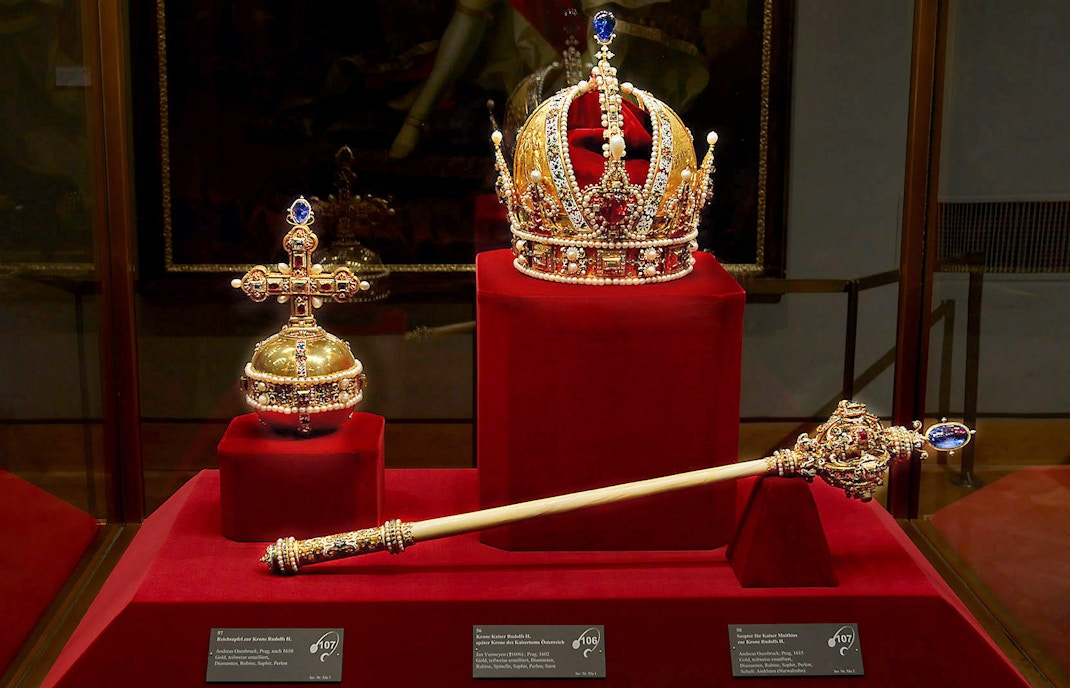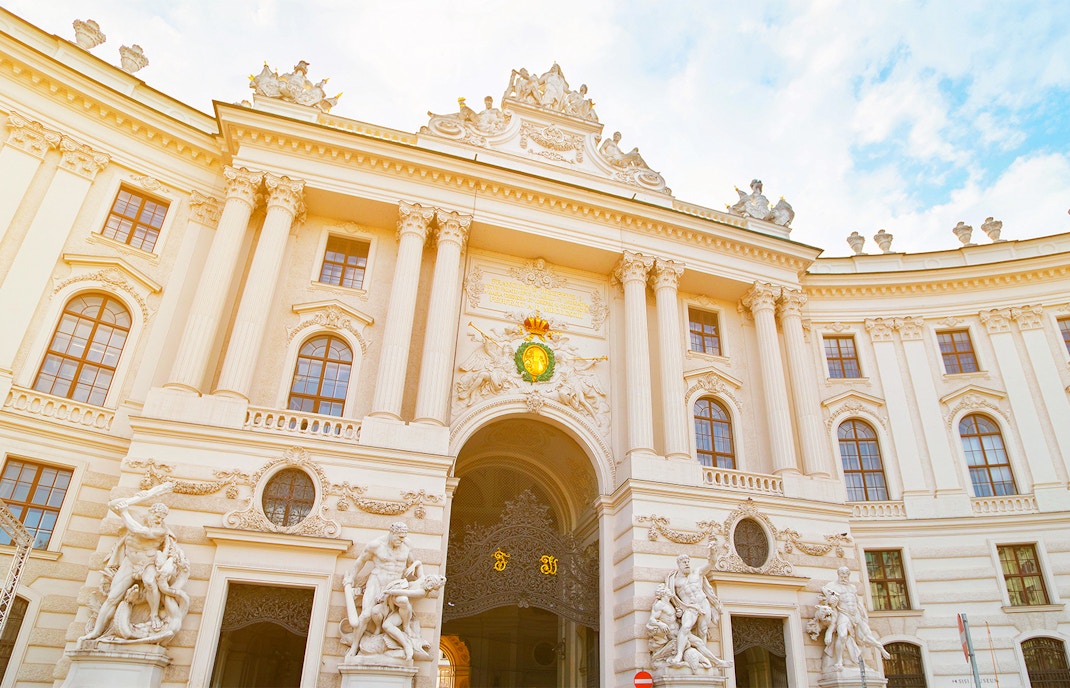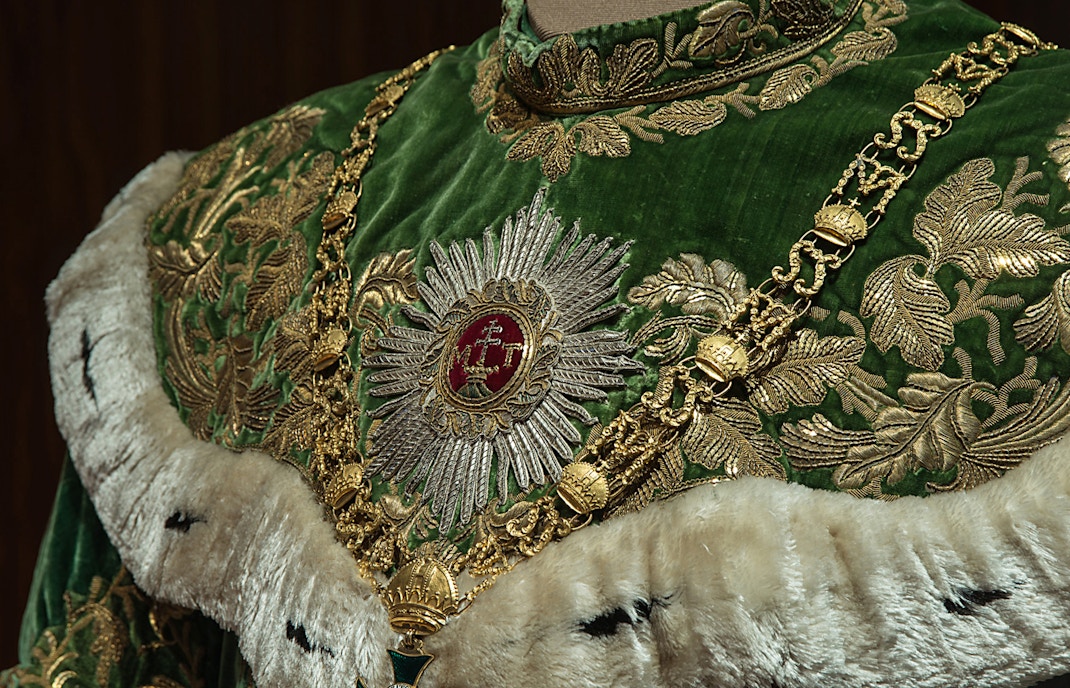The Imperial Treasury Vienna boasts an incredible collection of imperial regalia and precious objects that span over 1000 years of history. Visitors can expect to see an impressive display of Crown Jewels, including the Austrian imperial crown, sceptre, and orb, as well as the famous Holy Lance. The collection also includes rare objects such as the unicorn horn, an ebony travel kit belonging to Charles V, and a collection of precious vessels studded with diamonds and other precious gems. Many of the collections date back to the Medieval and Renaissance periods, giving visitors a fascinating insight into the wealth and power of the Habsburg dynasty.

